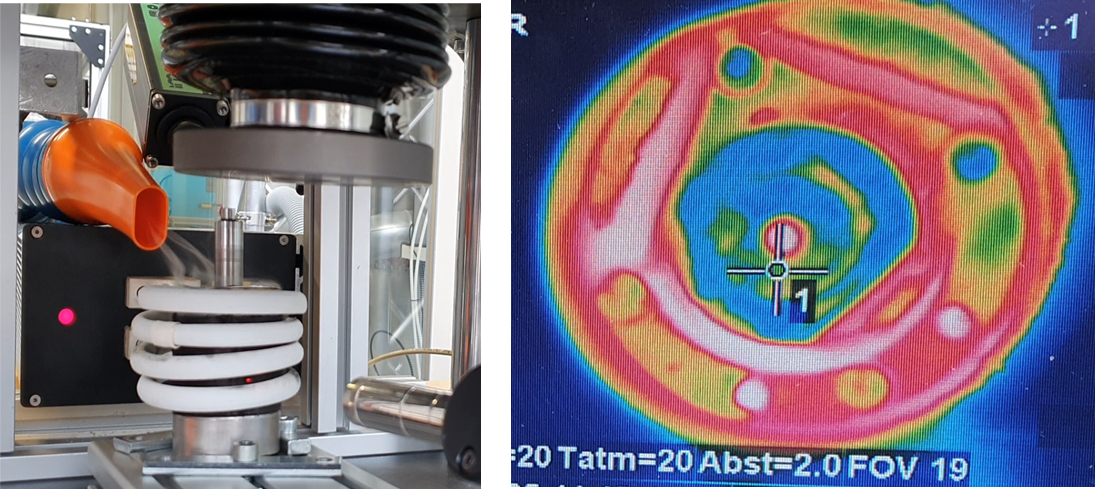01 Feb 2024
Revolutionising small-scale magnet recycling: optimising Nd-based extraction

Over the last two years, Institute FAPS of the Friedrich-Alexander-Universität Erlangen-Nürnberg (FAU) has developed corresponding process chains for relevant end-of-life (EOL) products containing RE-based magnets.
As a first step and based on relevant characteristics – such as RE content, product volume, product variance and dismantlability – the REEPRODUCE consortium has selected three representative applications to demonstrate the processing of EOL motors: automotive traction drives, traction drives from e-scooters, and hoverboards and HVAC compressors.
Due to individual characteristics of the rotors from these applications, specific process chains and machineries are required in each case, which are currently under development at FAU. In this framework, the focus of development is set on the processing of already extracted permanent magnets (PM) rotors. Although various process alternatives have been considered, in general, the process chain for each application compromises the single steps: sorting, handling, thermal demagnetisation, rotor dismantling and ejection of the magnets. After initial trials based on representative rotors provided by the partners, FAU initiated the demonstration of the selected processes at laboratory scale. As a next step, they will transfer their internal prototype machinery to the near-series demonstration made by partner Bronneberg. These final pilot machines are disassembly lines including several stations.
In this context, CEIT has developed an intelligent robotic system guided by vision and able to dismantle the HDDs and other electronic devices supplied by Indumetal in order to recover components with RE magnets. As a result, only the magnets and the iron yokes are entering the process. Additionally, for the extraction of the RE magnets, FAU has developed a separation and sorting system. Thus, all steps are connected by a conveyor belt so that the entire process runs as a continues flow process.
The first step of the process implies magnets to be heated up to a temperature above the specific Curie temperature. Consequently, based on a mechanical principle used for pre-sorting to ensure a high throughput, the adhesive bond between the magnets and the iron yokes are destroyed permitting the separation of the different parts. Moreover, based on an extensive catalog of geometric features for the input material, a sorting drum has been developed allowing a continuous process flow. Nevertheless, currently the mechanical sorting based on geometry is not completely reliable and, consequently, FAU has integrated a robot in combination with a vision system for resorting. The overall system is currently under construction.
The last and more challenging route deals with the sorting of shredded EOL products since the scrap is a material mix of various components with a very low concentration of RE magnets. In the current scenario, high-performance systems that separate ferrous metals, non-ferrous metals and plastics are already in place at most of the recycler’s facilities. The input material is then the ferrous fraction, which contains the RE magnets. However, as a constraint, the soft and hard magnetic components of these fractions have very similar physical properties. Thus, for the extraction of NdFeB magnets a sequential sorting process is under investigation. FAU has done preliminary tests showing that pre-sorting is possible only based on mechanical properties, but the material obtained in this way must be further purified. At present, to separate the NdFeB fraction, FAU is carrying out experiments using also the magnetic properties. Furthermore, FAU is also investigating the sorting principles for the removal of other relevant types of magnets such as hard ferrites, SmCo and AlNiCo.